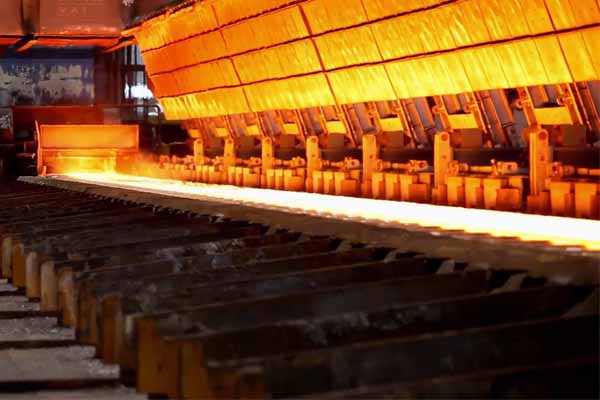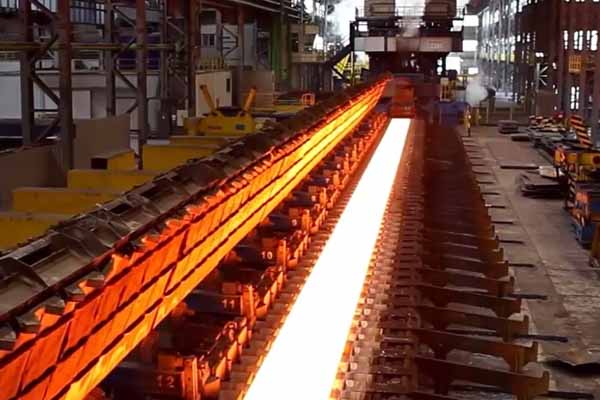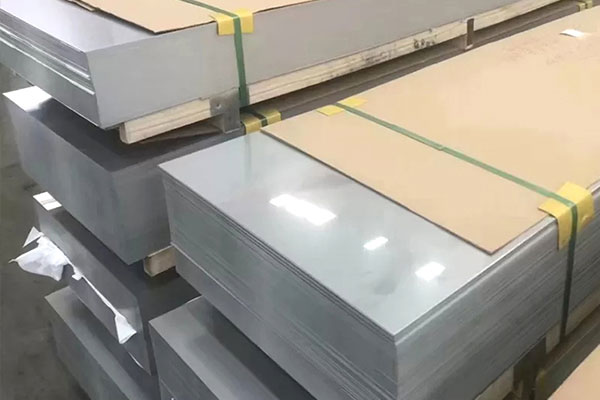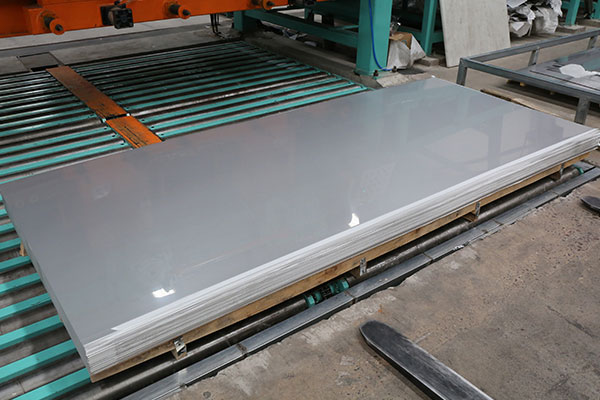What is the annealing? Currently, there are many different types of heat treatment processes in manufacturing industries, annealing is one of them, and it is very popular. It not only can improve the physical of metal, but even sometimes chemical properties, making them more durable and more workable. The simple explanation is that when heated during the specific process of annealing, atoms migrate in their crystal lattice and the number of atom dislocations goes down, leading to changes in both ductility and hardness, as the material cools it crystallizes again.
What is the benefit to annealing? The first, Annealing makes metals more formable. Because during the manufacturing process, when the metal is stronger and more ductile, there is less risk of material fracturing from bending or pressing, it gives manufacturers more leeway. The second, annealing can improve a metal’s ability to be machined and improve the lifespans of tools. Because Hard, brittle metals can cause wear to shop tools, nnnealing metals reduces the chance of wear. The last, annealing removes what’s called residual stress. Residual stress can complicate future processes, for example, residual stress from roll forming could cause a structural to gape when cut with a band-saw, annealing is a great way to remove it.
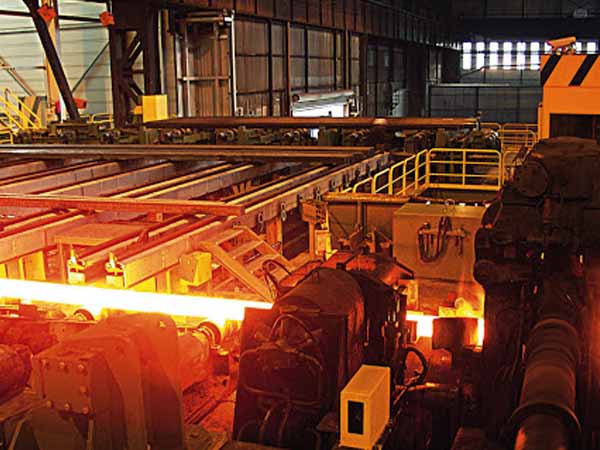
What are the steps in the annealing process? There are three main steps, including recovery, recrystallization and grain growth. During the first phase of the annealing process, a furnace or other type of heat source is utilized to raise the temperature of the material to a point that removes internal stresses. During recrystallization, further heating raises the temperature of the metal to just below its melting point, high enough that the atoms recrystallize, and low enough that it doesn’t melt. During the grain growth stage, new crystal grains become fully developed as the metal cools that don’t have the metal’s original stress, the final composition–including the ductility and hardness–is determined by the rate of cooling.
What metals are commonly annealed? Most commonly, many types of stainless steel, carbon steel and cast iron are annealed in the manufacturing industry, such as cold rolled stainless steel sheet and galvanized steel sheet, cold-finished bar and metal wire. There are also specific types of aluminum, copper, and brass that can be annealed. Take cold rolled steel plate as an example, because the process of cold rolling creates too much hardness for further processing, annealing restores their ductility and formability, which allows for further bending, punching, forming/stretching or cutting without cracking or losing dimensional stability.
How does annealing compare to normalizing? Unlike annealing, normalizing is the process of increasing hardness. To normalize the metal, you increase the temperature of the material above the austenitic range and then cool it in room temperature air. Austenization means to heat the metal to a temperature at which its crystal structure changes from ferrite to austenite. If you’re looking for a softer, more ductile metal, choose annealing. If you’re looking for a harder, less ductile metal, choose normalizing. Either way, both heat treatments lead to metals with less stress and more machinability.
 English
English Русский
Русский


